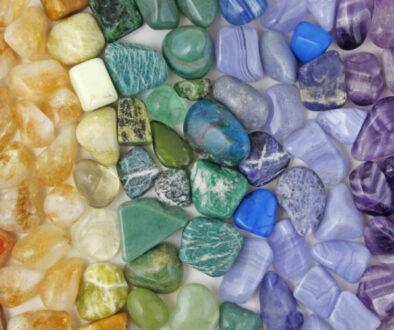Do you fight the blues every winter? If so, you’re not alone. A number of people suffer with a medical condition called seasonal affective disorder. With a few coping strategies in place, you can successfully manage the symptoms and feel better, even during the dark, cold days of the year.
About SAD. Seasonal affective disorder, also known as SAD, typically causes sufferers to experience symptoms during winter months. When the season changes, symptoms subside. Because of this pattern, the condition is believed to be associated with seasonal changes in daylight hours. A small percentage of those with SAD struggle during summertime.
Symptoms. According to The American Psychiatric Association, symptoms of SAD may include:
- Trouble sleeping
- Apathy and loss of interest in activities once enjoyed
- Feelings of depression nearly all day, every day
- Loss of energy and sluggishness
- Feelings of agitation
- Inability to focus or make decisions
- Changes in appetite and weight
- Feelings of despair, guilt, hopelessness or worthlessness
- Thoughts of suicide or death
Those who suffer with SAD during the summer months are inclined toward insomnia, while those who suffer during winter tend to oversleep. Summer sufferers are also more apt to lose their appetite and experience anxiety, while those with the wintertime condition tend to overindulge, especially in carbohydrate-laden foods.
Risk factors. Mayo Clinic notes certain situations seem to increase the risk for SAD. Living far from the equator where you receive less daylight hours appears to be a factor. Those with a family history of SAD also seem to be more inclined to suffer with symptoms. People with other mental health issues such as major depression or bipolar disorder may also become more depressed seasonally.
SAD and substances. Because of the symptoms sufferers endure, many people trying to cope with SAD develop substance abuse issues. In an attempt to relieve their depression or anxiety, some people self-medicate with drugs or alcohol. The substance will aggravate symptoms, which increases the use of the substance, creating a vicious circle.
Treatments. While some researchers indicate the reasons for SAD are not fully understood, it is believed that body chemicals released by exposure to sunlight are involved. By increasing exposure to light, many people can find relief from SAD symptoms. There are specially designed light therapy boxes, fixtures and visors that SAD sufferers can employ, usually for between a half hour to two hours every day. For some with mild symptoms, simply putting a bedroom light on a timer to awaken to light every morning is a help.
Changing the environment can also reduce symptoms. Try painting rooms light colors, and open curtains to enjoy as much daylight as possible. When deciding where to sit, opt to be close to windows.
Another way to alleviate symptoms of SAD is with lifestyle changes. According to some professionals, embracing a good wellness program can improve outlook and energy levels. Choose a healthy diet which includes fruits, vegetables, whole grains and lean meats. Engage in a regular exercise program, and get plenty of rest and sleep. Alternative therapies can also be beneficial; some studies show success treating SAD and other forms of depression with making methods such as acupuncture part of your life.
Sometimes SAD sufferers require medical treatment, such as behavioural therapy and antidepressants. If you think that you or someone you love is suffering with SAD, it’s important to seek assistance from a medical professional.
Seek relief. Those who experience depression at the same time every year may be suffering with SAD, and it’s a real and treatable condition. With appropriate coping strategies, symptoms can be relieved, and you can feel better throughout the year.
Written by: Kimberly Hayes Chief Blogger – information@publichealthalert.info




